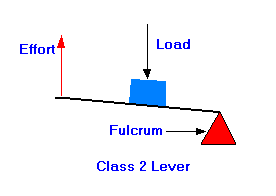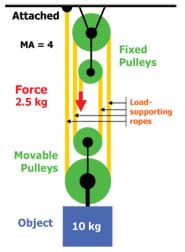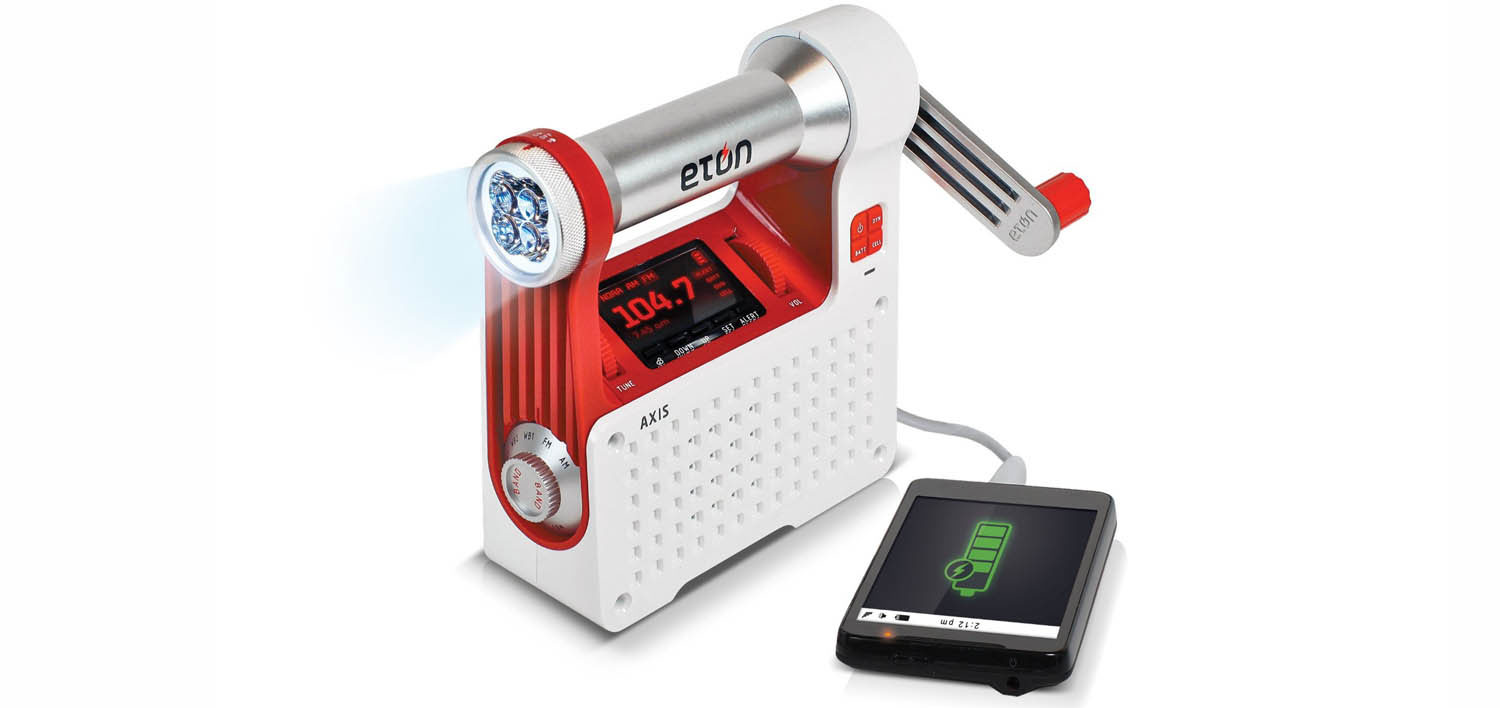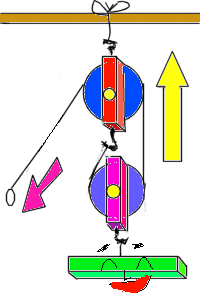🔘LEVERS
Is a rigid bar that turns around a point called a fulcrum. In the lever can act some forces at the same time. Each force produces a torque, that is:
Torque = Force x Distance
The Law of the Lever says that the action of the forces on opposite ends of a lever are equal. So, the lever is in equilibrium.
F x D = R x r
F is the froce, d is its distance from the fulcrum, R is the resistance that we want to move and r is its distance from the fulcrum.
⊚CLASSES OF LEVERS
We can divide the levers according to the locations of the fulcrum, force and resistance.
🔸Class 2 increase the force that we apply. The resitance is between the fulcrum and the force (d > r)
🔸Class 3 increase the distance that the end of the lever moves. The force is between the fulcrum and the resistance ( d < r)
🔸Class 1 can do both of those things. The fulcrum is between is between the force and the resistance.


Brake levers
Brake levers decrease speed, such as bycicle brakes. They pull on cables and the cables activate the brakes on the wheels.
A hand crank
These levers have two parts. The first is connected to a rotating shaft and the other forms a handle. We use them to apply force at a distance from the axis of the shaft. It is a Class 2 lever, so they cumply with the Law of the Lever.
Bicycle handlebars
They work like a crank. If we put the hands at the ends of the handlebars, they are easier to turn, however if we put the hands in the midle, will happen the opposite.
🔘 PULLEYS AND COMPÒUND PULLEY SYSTEMS
In a system of pulleys, the equilibrium between the forces depends on the path that the rope follows.
⊚ PULLEYS
A pulley is a wheel that rotates around an axis and had a groove. If we have wheels with ropes, belts or chains, we can lift objects with less effort. There are two types:
Fixed pulley: The forces are equal because the rope moves the same distances on both sides. It's easier to lift a weight if we use the gravity and our own weight, by pulling down.
F = R
Movable pulley: The rope follows a double path around the pulleys. We need half the force for lift a weight as with a fixed pulley.
F = R/2
COMPOUND PULLEY SYSTEMS
It's a combination of fixed and movable pulleys, and it's also called a block and tackle system. If there are more pulleys, less effort we need. There are some ways to combinate them:
Vertical system } F = R/2 x n
Horizontal system } F= R/2 x n
Exponential system ➡F = r/2 n
There are block and tackle system without pulleys, such as rock climbers use carabiners. Some pulley systems are complex, and it is difficult to count movable pulleys. However, we can count how many times the rope goes up and down and use the equation F = R/U.






No hay comentarios:
Publicar un comentario